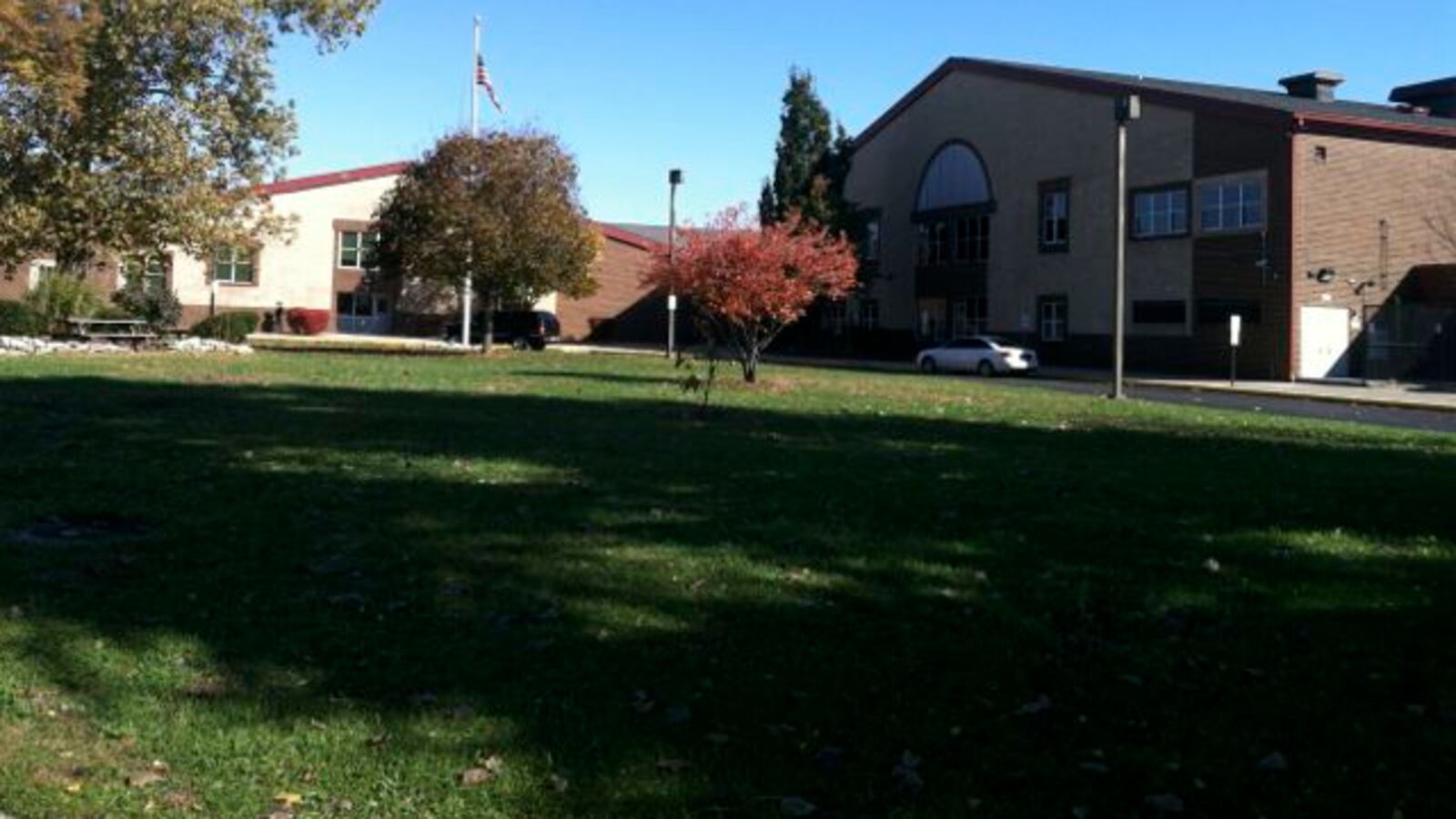If Indianapolis Public Schools is going to eliminate a projected $30 million budget deficit, it’s going to have to employ fewer people and use less building space.
That’s the bottom line of a study of the school district by the Indianapolis Chamber of Commerce, which notes that personnel salary and benefits make up about 90 percent the school district’s roughly $263 million budget.
“There is an overarching recommendation for IPS to continuously evaluate staffing levels,” the report states. “The recommendations are designed to provide clear and actionable steps for IPS to evaluate and act upon as it seeks to overcome its budget shortfall.”
Those recommendations stop short of saying how staffing could be drawn down. It sets no target for layoffs, timelines or specifics about what employee groups could be reduced.
Instead, the report’s authors called for more study of the district’s process for creating jobs and managing employee head count. They proposed studying how IPS compared to similar school districts in other cities, such is in the number of layers and scope of supervision, student-teacher ratios and staff-teacher ratios.
IPS should “take action on unexplainable deviations from benchmarks,” the report states.
The report was prepared by a committee that included representatives from businesses, the community and the district. It was co-chaired by Eli Lilly and Co. Vice President David Lewis and Indianapolis Urban League CEO Joe Slash. The 68-page report is an advisory document, the school board is not expected to adopt the recommendations and the district is not required to follow them,
A key recommendation of the report was for IPS to find ways to better utilize its building space, including it schools.
The report notes IPS operates at about half its enrollment capacity and specifically identified five buildings the district should evaluate for possible sale because of their location or potential value. They are:
- The central office at 120 E. Walnut St.
- The transportation maintenance building, a former Coca-Cola plant, at 901 N. Carrollton Ave.
- The storage facility, a former Ford assembly plant, at 1325 E. Washington St.
- The Key Learning Community school building at 777 White River Parkway West Drive
- Cold Spring School at 3650 Cold Spring Road
IPS could also operate more efficiently by forging partnerships to turn more of its schools into multi-use facilities. For example, schools might be able to share space with universities, businesses, local government and civic and community groups.
The district has already taken tentative and hotly debated steps in the direction of sharing school buildings with outside organizations.
Teachers unions have criticized Superintendent Lewis Ferebee’s support of a pair of legislative bills to make it easier for IPS to share space with charter schools, or hire outside groups to manage its schools. House Bill 1321 propsoes a unique arrangements under which outside operates could manage IPS schools or operate charter schools in district buildings, employing the staff and using district services. In exchange, the district could count those students’ test scores in its averages.
The Indianapolis State Teachers Association argues House Bill 1321 is really a way to move teachers off the district’s payroll — and out from under their union contract — to jobs that may be lower paying and offer fewer benefits and job protections.
Ferebee also announced last week IPS is in talks with Indianapolis’ KIPP charter school about sharing space in School 110. He said the district also has had conversations about sharing building space with other private and charter schools.
IPS’s deficit came to light last spring when interim Superintendent Peggy Hinckley was crafting a budget for the current school year. It was Hinckley who engaged the Chamber to help the district find further cost savings.
Hinckley raised alarms about IPS’s budget, saying she could not make deep enough cuts in one year to eliminate the deficit, borrowing from reserve funds to fill the gap this school year. She warned that matching spending to the district’s revenue might require 8 to 10 schools to be closed this spring.
Ferebee said he doesn’t anticipate school closings this spring and suggested a more gradual approach could resolve IPS’s budget woes.
“To get to big numbers you have to look at staffing over time,” Ferebee said. “You’re not going to get a big savings all at one time.”
But the budget picture for next year is not yet clear. He could not rule out tapping reserve funds again.
“It’s too early to tell,” he said. “I hope we don’t.”
Today’s report largely matched Ferebee’s tone, with recommendations that could save money over time, if not reduce costs by large amounts right away.
Among the other recommendations, the report said IPS should:
- Undertake an energy assessment of all its buildings.
- Overhaul its process of approving contracts.
- Use city buses to transport home magnet school students from extracurricular activities and join with the public busing system to study how routes for both might be adjusted to improve efficiency.
- Use a system of three start times for schools, which could require fewer buses.
- Analyze the need for an outside bus contractor. IPS currently has a hybrid system under which a private company manages some buses and the district manages others.
- Conduct a survey of employees about the district’s strengths, weaknesses and areas that need improvement. Ferebee has already pledged to undertake such a survey.
- Identify a strategy to improve culture and morale.
Read the full report here.

